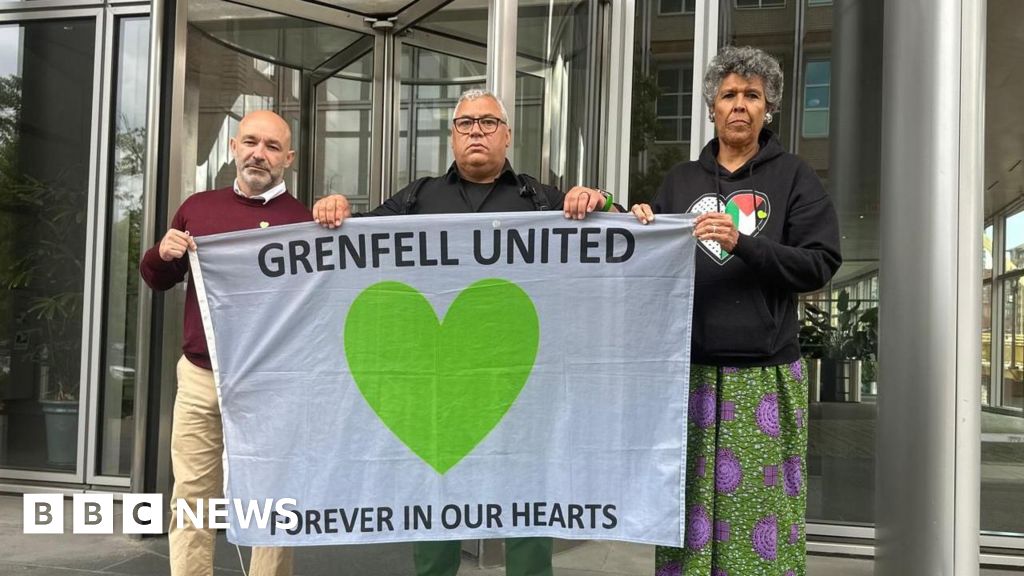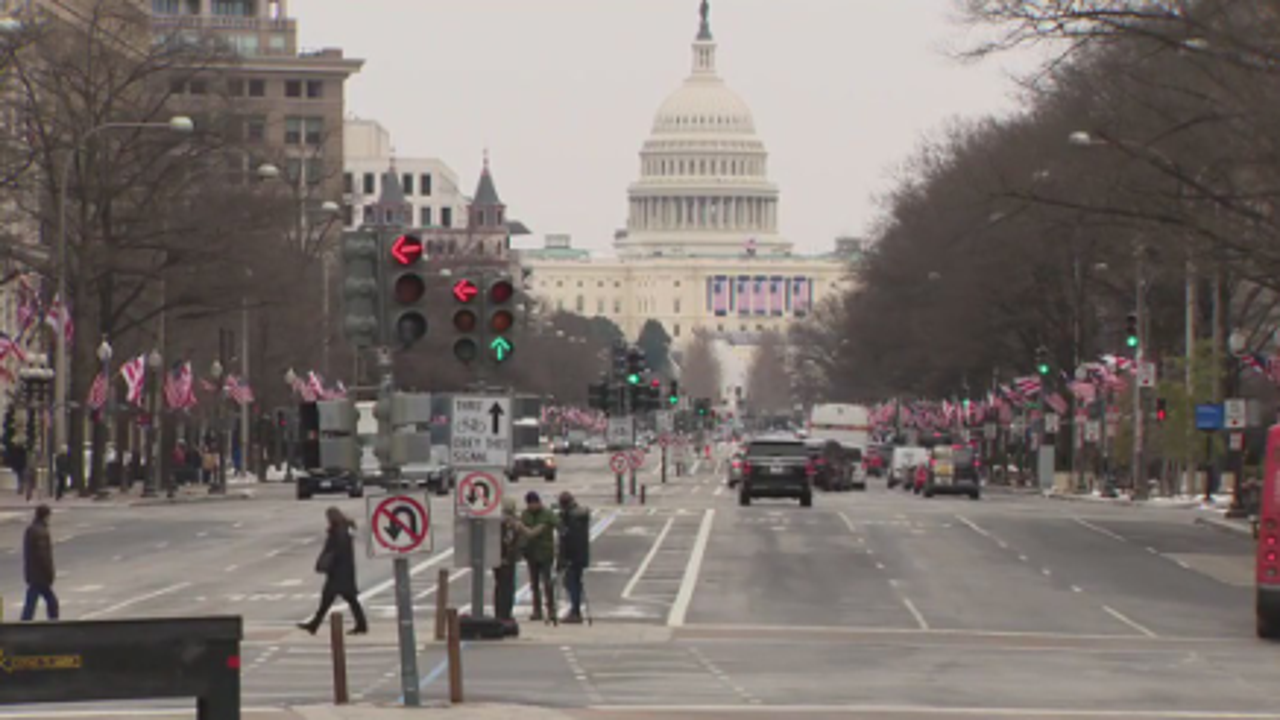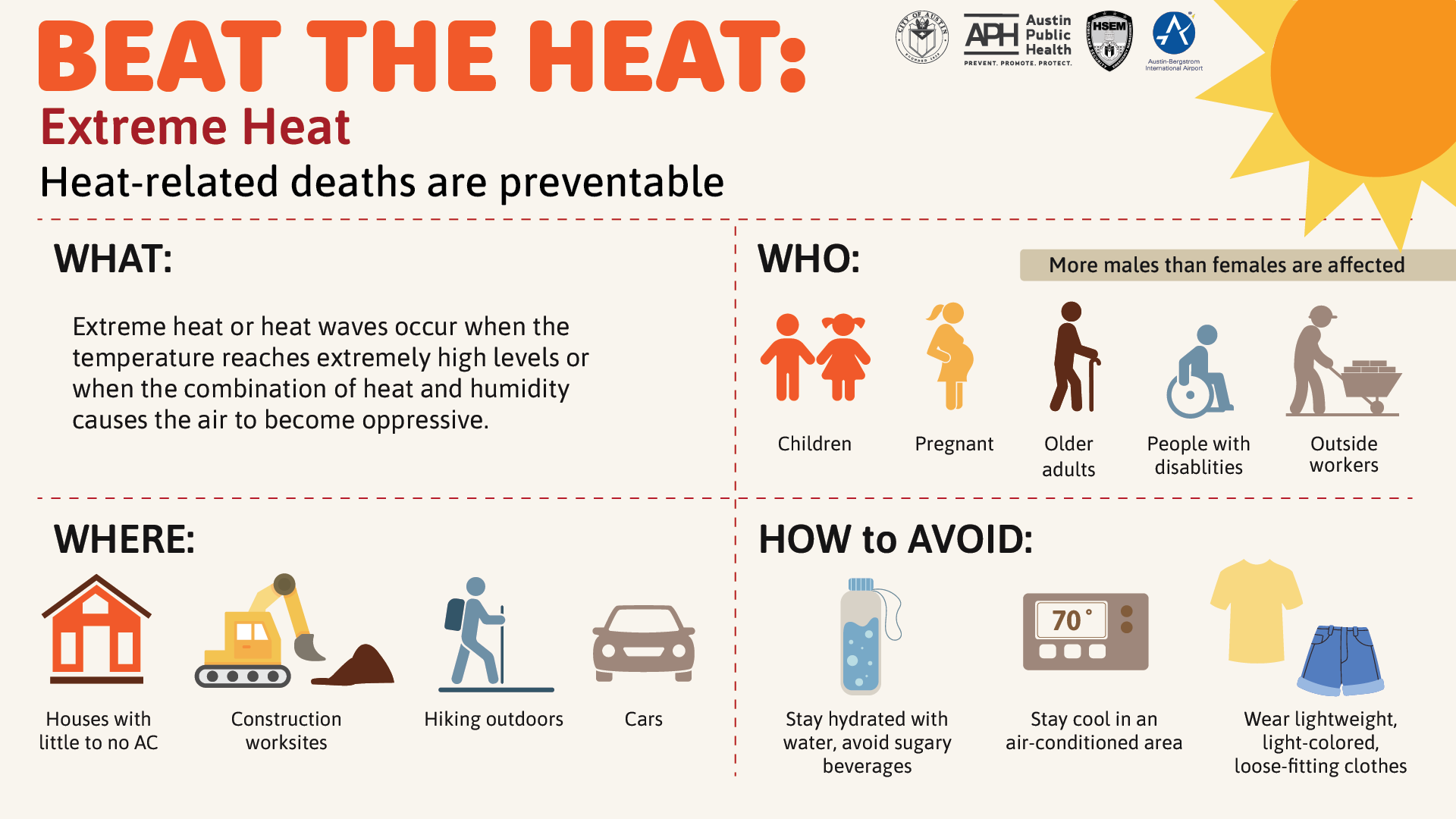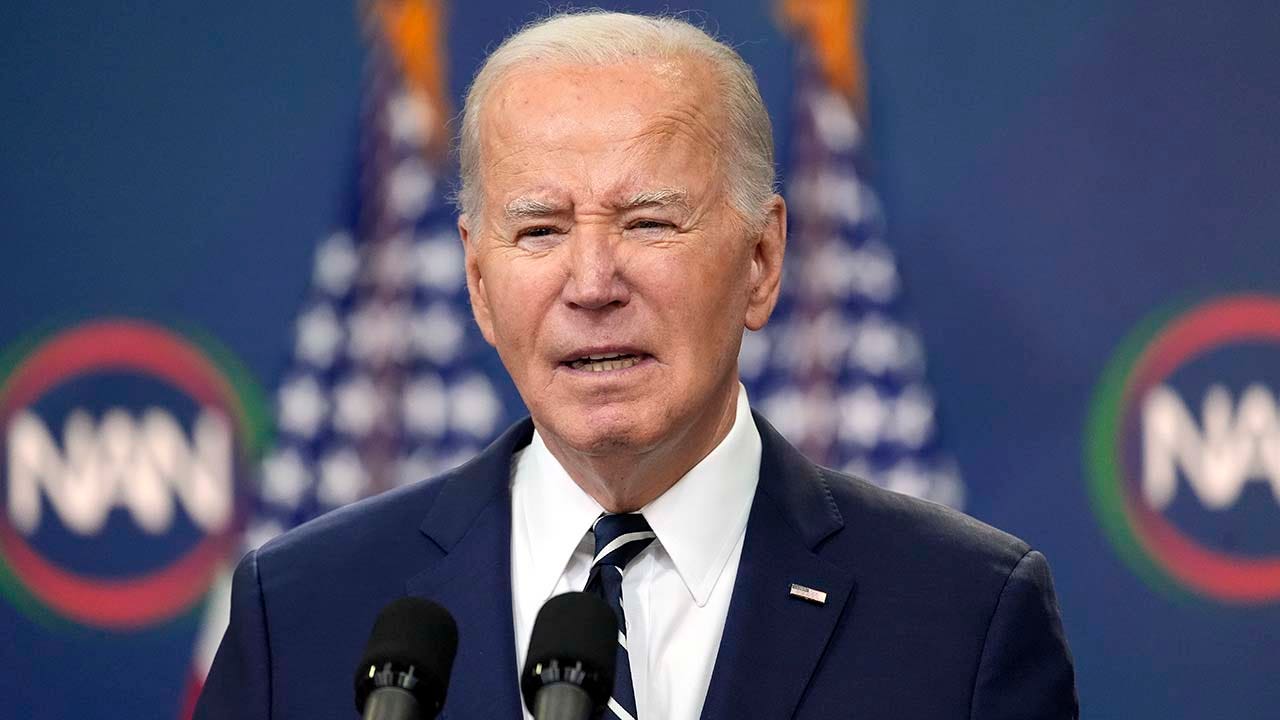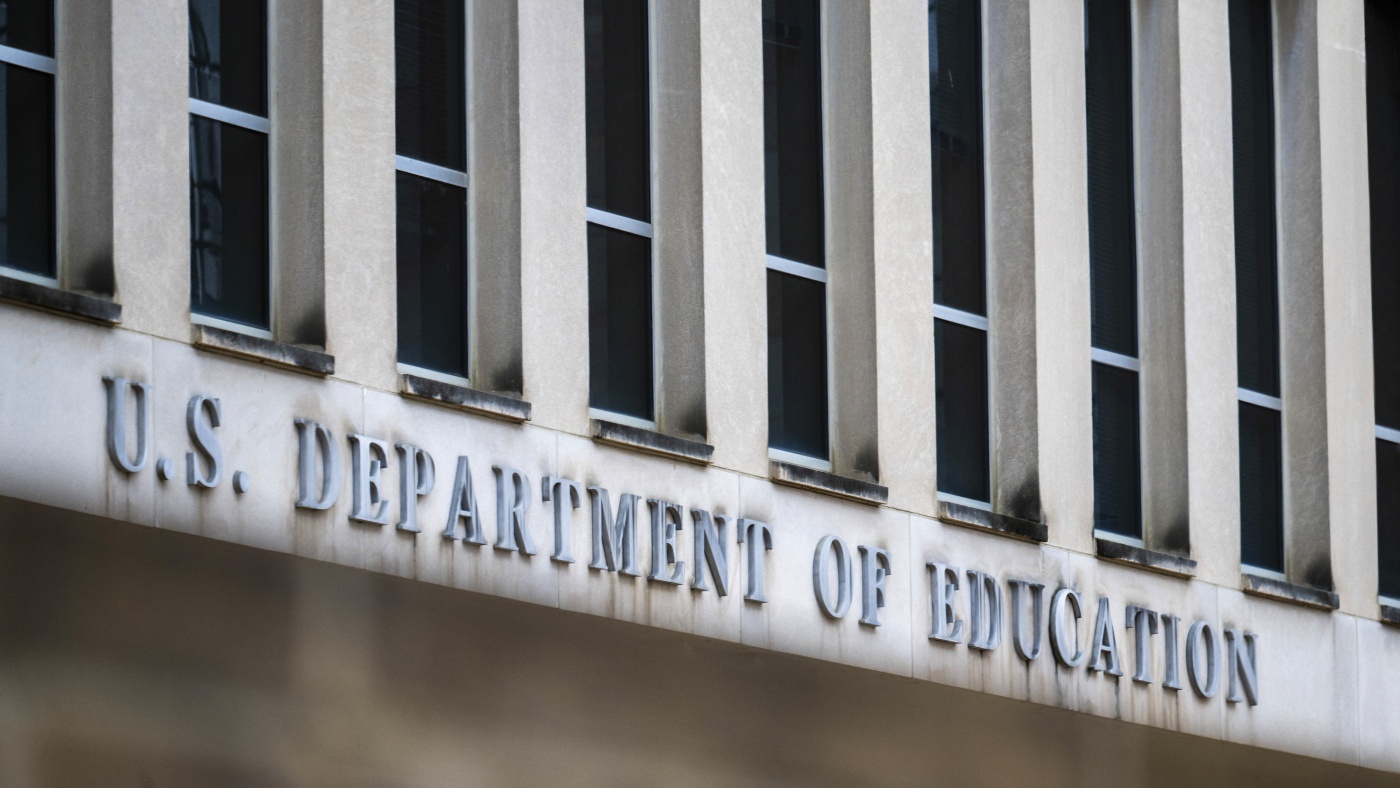Business
Column: Nonunion automakers are matching the UAW’s great contract, but that may be bad for the UAW
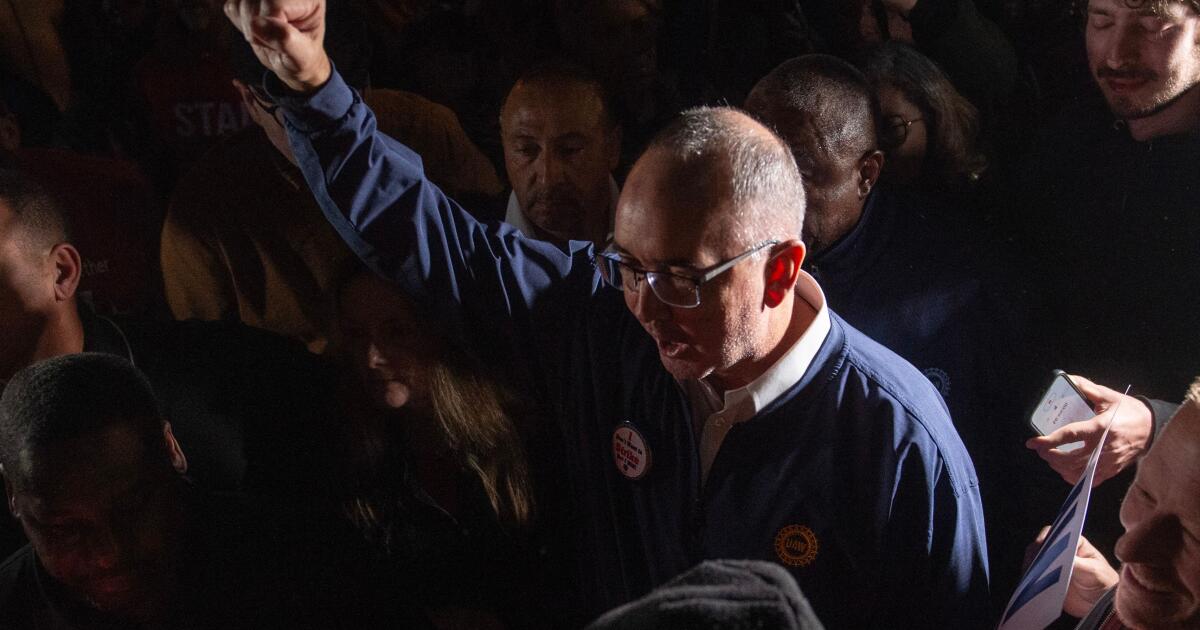
A funny thing happened in the wake of the United Auto Workers’ recent contract settlements with major auto companies .
Toyota said it would give its workers a raise worth about 9% on its top pay rate, beginning in January.
Nissan said its 9,000 U.S. workers would get raises of about 10% and would end a two-tiered pay system.
When we return to the bargaining table in 2028, it won’t just be with a Big Three, but with a Big Five or Big Six.
— UAW President Shawn Fain
Honda announced a pay raise of 11% for workers at its plants in Ohio, Indiana and Georgia, along with an accelerated schedule of bringing workers up to the top rate to three years from six.
Subaru said it would raise pay at its plant in Lafayette, Ind., though it hasn’t said by how much.
What’s funny about these announcements is that none of these companies is covered by a UAW contract. But they could read the handwriting on the wall from the UAW’s contract settlements. If they didn’t UAW President Shawn Fain made sure they wouldn’t miss the message.
As some of the leading nonunion shops in the industry, they responded almost instantaneously. Before the ink had dried on the union’s agreements with GM, Ford and Stellantis (the owner of Chrysler and Jeep), he announced that his next targets would be the foreign automakers that had set up their shops in anti-labor states to keep unions from their doors.
“One of our biggest goals coming out of this historic contract victory is to organize like we’ve never organized before,” Fain said. “When we return to the bargaining table in 2028, it won’t just be with a Big Three, but with a Big Five or Big Six.” (He also signaled that he would be pushing to unionize Tesla.)
There are a few ways to look at this. One is that the UAW has absorbed the lesson that the key to organizing new locations and recruiting new members is achieving victory in contract negotiations. That’s what brings union membership out of the abstract and makes its benefits concrete.
Few things spell success like the contract terms reached by the UAW after its six-week strikes in September and October — including historic wage gains, the rollback of many concessions the union gave the companies to ensure their survival during the last recession, and assurances that the industry’s transition to electric vehicle manufacture won’t proceed without union participation. As far as that goes, the new contracts are a great advertisement for the virtues of union membership.
The improved wage scales and other workplace benefits announced by the Japanese automakers are, of course, good for those companies’ employees, who become collateral beneficiaries of the UAW’s efforts.
It’s also true, however, that the nonunion companies’ responses could successfully undermine the UAW’s organizing efforts.
“When you have a half-unionized industry where the unions have real ability to make a difference, the non-union companies have to follow along or they are just inviting the unions in,” labor historian Erik Loomis told me. “It becomes very easy to siphon off union support in a factory when the wages are the same plus the workers don’t have to pay dues.”
Indeed, the technique of fighting unionization by offering workers better pay and benefits is as old as, well, labor-management relations themselves.
In his 1993 memoir “Confessions of a Union Buster,” former anti-union consultant Martin Jay Levitt related “the five key corporate failings that drive workers to seek union help,” as his very first boss outlined for him: “lack of recognition, weak management, poor communication, substandard working conditions, and non-competitive wages and benefits.”
If a company dealt with these issues, Levitt was instructed, “it can achieve a happy work force and never have to fear a union invasion.”
None of that means that the raises announced by Toyota et al are, or should be, the equivalent of everything a union can offer workers at an organized plant or company.
There may be other benefits that aren’t offered by the nonunion employers, including job security guarantees — especially in anti-union right-to-work states where many foreign automakers and some domestic manufacturers have set up shop, such as North and South Carolina, Indiana, Alabama, Tennessee, Kentucky, Kansas and Georgia.
Nor should it escape workers’ notice that the nonunion companies had to be goaded by the UAW’s success into offering raises to their own employees.
“Why not the raise before the UAW’s?” asks veteran union lawyer Thomas Geoghegan. “It should tell auto workers at Toyota, Honda, and Subaru, who had nowhere else to go anyway, that they were being paid less than they were worth.”
The companies’ motivation may be to keep the UAW from storming their gates, Geoghegan says, “but it may backfire by making the workers wonder why a raise now, and not before. We don’t have truly competitive labor markets, paying people what they are worth — if we did, then that raise would have occurred without the UAW.”
In other words, the UAW, along with other heavy industry unions such as the Teamsters, have a ways to go to reinforce their recent victories by carrying their fight to new plants in parts of the country — such as the Deep South — where they have long struggled to make headway.
They have a lot to show for their efforts thus far, and for at least the next year, an administration in Washington that has supported Americans’ collective bargaining rights like no other administration in 90 years. At the moment, they appear to have the advantage over recalcitrant managements. Let’s see what they do with it.

Business
Commentary: Stephen Miller says Americans will live better lives without immigrants. He's blowing smoke

Stephen Miller, the front man for Donald Trump’s deportation campaign against immigrants, took to the airwaves the other day to explain why native-born Americans will just love living in a world cleansed of undocumented workers.
“What would Los Angeles look like without illegal aliens?” he asked on Fox News. “Here’s what it would look like: You would be able to see a doctor in the emergency room right away, no wait time, no problems. Your kids would go to a public school that had more money than they know what to do with. Classrooms would be half the size. Students who have special needs would get all the attention that they needed. … There would be no fentanyl, there would be no drug deaths.” Etc., etc.
No one can dispute that the world Miller described on Fox would be a paradise on Earth. No waiting at the ER? School districts flush with cash? No drug deaths? But that doesn’t obscure that pretty much every word Miller uttered was fiction.
The leaders in Los Angeles have formed an alliance with the cartels and criminal aliens.
— Trump aide Stephen Miller concocts a fantasy about L.A.
The gist of Miller’s spiel — in fact, the worldview that he has been espousing for years — is that “illegal aliens” are responsible for all those ills, and exclusively responsible. It’s nothing but a Trumpian fantasy.
Let’s take a look, starting with overcrowding at the ER.
The issue has been the focus of numerous studies and surveys. Overwhelmingly, they conclude that undocumented immigration is irrelevant to ER overcrowding. In fact, immigrants generally and undocumented immigrants in particular are less likely to get their healthcare at the emergency room than native-born Americans.
In California, according to a 2014 study from UCLA, “one in five U.S.-born adults visits the ER annually, compared with roughly one in 10 undocumented adults — approximately half the rate of U.S.-born residents.”
Among the reasons, explained Nadereh Pourat, the study’s lead author and director of research at the UCLA Center for Health Policy Research, was fear of being asked to provide documents.
The result is that undocumented individuals avoid seeking any healthcare until they become critically ill. The UCLA study found that undocumented immigrants’ average number of doctor visits per year was lower than for other cohorts: 2.3 for children and 1.7 for adults, compared with 2.8 doctor visits for U.S.-born children and 3.2 for adults.
ER overcrowding is an issue of long standing in the U.S., but it’s not the result of an influx of undocumented immigrants. It’s due to a confluence of other factors, including the tendency of even insured patients to use the ER as a primary care center, presenting with complicated or chronic ailments for which ER medicine is not well-suited.
While caseloads at emergency departments have surged, their capacities are shrinking.
According to a 2007 report by the National Academy of Sciences, from 1993 to 2003 the U.S. population grew by 12%, hospital admissions by 13% and ER visits by 26%. “Not only is [emergency department] volume increasing, but patients coming to the ED are older and sicker and require more complex and time-consuming workups and treatments,” the report observed. “During this same period, the United States experienced a net loss of 703 hospitals, 198,000 hospital beds, and 425 hospital EDs, mainly in response to cost-cutting measures.”
President Trump’s immigration policies during his first term suppressed the use of public healthcare facilities by undocumented immigrants and their families. The key policy was the administration’s tightening of the “public charge” rule, which applies to those seeking admission to the United States or hoping to upgrade their immigration status.
The rule, which has been part of U.S. immigration policy for more than a century, allowed immigration authorities to deny entry — or deny citizenship applications of green card holders — to anyone judged to become a recipient of public assistance such as welfare (today known chiefly as Temporary Assistance for Needy Families, or TANF) or other cash assistance programs.
Until Trump, healthcare programs such as Medicaid, nutrition programs such as food stamps, and subsidized housing programs weren’t part of the public charge test.
Even before Trump implemented the change but after a draft version leaked out, clinics serving immigrant communities across California and nationwide detected a marked drop off in patients.
A clinic on the edge of Boyle Heights in Los Angeles that had been serving 12,000 patients, I reported in 2018, saw monthly patient enrollments fall by about one-third after Trump’s 2016 election, and an additional 25% after the leak. President Biden rescinded the Trump rule within weeks of taking office.
Undocumented immigrants are sure to be less likely to access public healthcare services, such as those available at emergency rooms, as a result of Trump’s rescinding “sensitive location” restrictions on immigration agents that had been in effect at least since 2011.
That policy barred almost all immigration enforcement actions at schools, places of worship, funerals and weddings, public marches or rallies, and hospitals. Trump rescinded the policy on inauguration day in January.
The goal was for Immigration and Customs Enforcement, or ICE, agents “to make substantial efforts to avoid unnecessarily alarming local communities,” agency officials stated. Today, as public shows of force and public raids by ICE have demonstrated, instilling alarm in local communities appears to be the goal.
The change in the sensitive locations policy has prompted hospital and ER managers to establish formal procedures for staff confronted with the arrival of immigration agents.
A model policy drafted by the Emergency Medicine Residents Assn. says staff should request identification and a warrant or other document attesting to the need for the presence of agents. It urges staff to determine whether the agents are enforcing a judicial warrant (signed by a judge) or administrative warrant (issued by ICE). The latter doesn’t grant agents access to private hospital areas such as patient rooms or operating areas.
What about school funding? Is Miller right to assert that mass deportations will free up a torrent of funding and cutting class sizes in half? He doesn’t know what he’s talking about.
Most school funding in California and most other places is based on attendance. In California, the number of immigrant children in the schools was 189,634 last year. The total K-12 population was 5,837,700, making the immigrant student body 3.25% of the total. Not half.
In the Los Angeles Unified School District, the estimated 30,000 children from immigrant families amounted to about 7.35% of last year’s enrollment of 408,083. Also not half.
With the deportation of immigrant children, the schools would lose whatever federal funding was attached to their attendance. Schools nationwide receive enhanced federal funding for English learners and other immigrants. That money, presumably, would disappear if the pupils go.
What Miller failed to mention on Fox is the possible impact of the Trump administration’s determination to shutter the Department of Education, placing billions of dollars of federal funding at risk. California receives more than $16 billion a year in federal aid to K-12 schools through that agency. Disabled students are at heightened risk of being deprived of resources if the agency is dismantled.
Then there’s fentanyl. The Trump administration’s claim that undocumented immigrants are major players in this crisis appears to be just another example of its scapegoating of immigrants. The vast majority of fentanyl-related criminal convictions — nearly 90% — are of U.S. citizens. The rest included both legally present and undocumented immigrants. (The statistics comes from the U.S. Sentencing Commission.)
In other words, deport every immigrant in the United States, and you still won’t have made a dent in fentanyl trafficking, much less eliminate all drug deaths.
What are we to make of Miller’s spiel about L.A.? At one level, it’s echt Miller: The portrayal of the city as a putative hellscape, larded with accusations of complicity between the city leadership and illegal immigrants — “the leaders in Los Angeles have formed an alliance with the cartels and criminal aliens,” he said, with zero pushback from his Fox News interlocutor.
At another level, it’s a malevolent expression of white privilege. In Miller’s ideology, the only obstacles to the return to a drug-free world of frictionless healthcare and abundantly financed education are immigrants. This ideology depends on the notion that immigrants are raiding the public purse by sponging on public services.
The fact is that most undocumented immigrants aren’t eligible for most such services. They can’t enroll in Medicare, receive premium subsidies under the Affordable Care Act, or collect Social Security or Medicare benefits (though typically they submit falsified Social Security numbers to employers, so payments for the program are deducted from their paychecks).
A 2013 study by the libertarian Cato Institute found that low-income immigrants use public benefits for which they’re eligible, such as food stamps, “at a lower rate than native-born low-income residents.”
If there’s an impulse underlying the anti-immigrant project directed by Miller other than racism, it’s hard to detect.
Federal Judge Maame Ewusi-Mensah Frimpong, who last week blocked federal agents from using racial profiling to carry out indiscriminate immigration arrests in Los Angeles, ruled that during their “roving patrols” in Los Angeles, ICE agents detained individuals principally because of their race, that they were overheard speaking Spanish or accented English, that they were doing work associated with undocumented immigrants, or were in locations frequented by undocumented immigrants seeking day work.
Miller goes down the same road as ICE — indeed, by all accounts, he’s the motivating spirit behind the L.A. raids. Because he can’t justify the raids, he has ginned up a fantasy of immigrants disrupting our healthcare and school programs, and the corollary fantasy that evicting them all will produce an Earthly paradise for the rest of us. Does anybody really believe that?
Business
Musk says he will seek shareholder approval for Tesla investment in xAI

Tech billionaire Elon Musk said he would like Tesla to invest in his artificial intelligence company xAI.
While Musk is considering the relationship between several of his businesses, he said on X that he does not support a merger between Tesla and xAI.
“If it was up to me, Tesla would have invested in xAI long ago,” Musk wrote on X on Sunday. “We will have a shareholder vote on the matter.”
xAI is the company behind the controversial chatbot Grok, which is available on X and also used in Teslas delivered on or after July 12. Grok came under fire earlier this month for praising Adolf Hitler and making antisemitic comments.
The AI company apologized for the chatbot’s behavior, saying that a coding problem temporarily made Grok susceptible to extremist views posted on X.
Earlier, Grok had contradicted itself while sharing information about the deadly flash floods that killed at least 130 people in Texas this month. The bot blamed President Trump for the flooding, but then backtracked and understated the death toll.
Musk is scrambling to keep up in the AI race after helping launch OpenAI with Sam Altman in 2015, the company behind the wildly popular chatbot ChatGPT, which helped spur on the current AI craze. Musk left OpenAI in 2018 and is now entangled in legal battles with the company.
In March, xAI acquired X in an all-stock transaction that valued the artificial intelligence company at $80 billion and the social media platform at $33 billion.
Musk scored a victory for Grok on Monday, when xAI announced “Grok for Government” and a contract with the U.S. Department of Defense.
After a disruptive stint in the Trump administration that sent Tesla shares stumbling, Musk formally stepped down from his role in the federal government in May. He has since been feuding with the president, further risking Tesla’s reputation, according to some experts.
Tesla shares rose slightly Monday after Musk’s posts about Tesla’s possible investment in xAI. The shares have fallen more than 16% this year. The company’s profit plunged 71% in the first quarter.
Tesla delivered 384,122 vehicles in the second quarter through June, down 13% from 443,956 deliveries a year ago.
Its shares rose more than 1% Monday.
Business
'Superman' rescues DC at the box office with a $122-million debut

James Gunn’s “Superman” soared to the top of the box office this weekend, giving Warner Bros.’s DC Studios much-needed momentum in the superhero genre after a string of underperforming movies.
“Superman,” which stars David Corenswet as the Man of Steel, hauled in a robust $122 million in the U.S. and Canada. Globally, “Superman” brought in a total of $217 million.
The movie was a big swing for Burbank-based Warner Bros. and DC, costing an estimated $225 million to produce, not including substantial spending on a global marketing campaign.
“Superman” benefited from mostly positive critics reviews — the movie notched a 82% approval rating on aggregator Rotten Tomatoes. Moviegoers liked it too, indicated by an “A-” grade from polling firm CinemaScore and a 93% positive audience rating from Rotten Tomatoes.
The performance for “Superman” fell short of expectations from some analysts, who had projected an opening weekend of $130 million. Industry observers attributed that to heavy competition from other blockbusters, including Universal’s “Jurassic World Rebirth” and Apple and Warner Bros.’ “F1 The Movie.”
Shortly before its release, “Superman” came under fire from right-wing commentators, who criticized comments Gunn made to the Times of London about how Superman (created by a Jewish writer-artist team in the late 1930s) is an immigrant and that he is “the story of America.”
“If there’s any softness here, it’s overseas,” said industry analyst and consultant David A. Gross in his FranchiseRe newsletter, after describing the domestic opening as “outstanding” for a longrunning superhero franchise.
The movie generated $95 million outside the U.S. and Canada.
Analysts had raised questions about whether Superman’s reputation for earnestly promoting truth, justice and the American way would still appeal to a global audience, particularly as other countries have bristled at the U.S. tariff and trade policies enacted by President Trump.
“Superman has always been identified as a quintessentially American character and story, and in some parts of the world, America is currently not enjoying its greatest popularity,” Gross said.
The movie’s overall success is key to a planned reboot and refresh of the DC universe. Gunn and producer Peter Safran were named co-chairmen and co-chief executives of DC Studios in 2022 to help turn around the Warner Bros.-owned superhero brand after a years-long rough patch.
While 2013’s “Man of Steel,” directed by Zack Snyder, and 2016’s “Batman v Superman: Dawn of Justice” each achieved substantial box office hauls, they did not receive overwhelmingly positive reviews. 2017’s “Justice League,” which was intended to be DC’s version of Marvel Studios’ “Avengers,” was a critical and commercial disaster for the studio.
More recently, films focused on other DC characters such as 2023’s “Shazam! Fury of the Gods,” “The Flash” and last year’s “Joker: Folie à Deux” struggled at the box office.
With Gunn and Safran at the helm, the pair are now tasked with creating a cohesive vision and framework for its superhero universe, not unlike its rival Marvel, which has long consolidated control under president Kevin Feige (though its films and shows are handled by different directors).
Starting the new DC epoch with Superman also presented its own unique challenges. Though he is one of the most recognizable superheroes in the world, Superman’s film track record has been a roller coaster. Alternatively sincere, campy or gritty, the Man of Steel has been difficult for filmmakers and producers to strike the right tone.
Gunn’s version of “Superman” — still mostly sincere but a touch of the filmmaker’s signature goofy humor — worked for critics and audiences. It was a tall order, considering some fans still hold Richard Donner’s 1978 “Superman,” starring Christopher Reeve, as the gold standard.
“Pinning down ‘Superman’ has been a challenge,” said Paul Dergarabedian, senior media analyst at Comscore. “It’s been like Kryptonite for years for many filmmakers and producers to get it right.”
“Superman” bumped “Jurassic World Rebirth” to second place, where it collected $38.8 million domestically over the weekend for a total of $231 million so far. “F1,” Universal’s “How to Train Your Dragon” and Disney-Pixar’s “Elio” rounded out the top five at the box office this weekend.
Later this month, another major superhero movie will enter the summer blockbuster marketplace: “The Fantastic Four: First Steps,” from Walt Disney Co.-owned Marvel Studios.
-

 Culture1 week ago
Culture1 week agoTry to Match These Snarky Quotations to Their Novels and Stories
-

 News6 days ago
News6 days agoVideo: Trump Compliments President of Liberia on His ‘Beautiful English’
-

 News1 week ago
News1 week agoTexas Flooding Map: See How the Floodwaters Rose Along the Guadalupe River
-
Business1 week ago
Companies keep slashing jobs. How worried should workers be about AI replacing them?
-
Finance1 week ago
Do you really save money on Prime Day?
-

 Technology1 week ago
Technology1 week agoApple’s latest AirPods are already on sale for $99 before Prime Day
-

 News5 days ago
News5 days agoVideo: Clashes After Immigration Raid at California Cannabis Farm
-

 Politics1 week ago
Politics1 week agoJournalist who refused to duck during Trump assassination attempt reflects on Butler rally in new book

